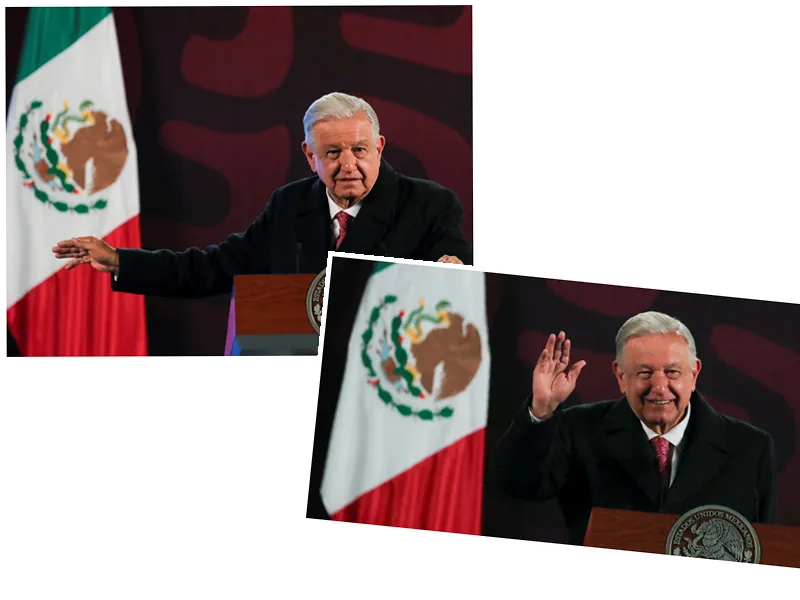Historic and Tumultuous Presidential Elections in Mexico
This Sunday, Mexico embarks on its largest and most significant election in history, with over 98 million voters called to renew more than 20,000 political positions. These include the presidency, 500 deputies, 128 senators, and nine state governments. The first polling stations opened at 8 a.m. local time in Quintana Roo, initiating a pivotal moment for the country.
The main race sees Claudia Sheinbaum, successor to President Andrés Manuel López Obrador and candidate of the ruling coalition 'Let's Keep Making History,' poised to be Mexico's first female president. Her primary opponents are Xóchitl Gálvez from 'Fuerza y Corazón por México' and Jorge Álvarez Máynez from the Citizen Movement (MC). Mexico's electorate faces a decisive choice: continuity of López Obrador's policies or a significant shift in governance.
Violence shadows the elections, with the current electoral process already recording the highest number of candidate murders in history. As of May 23, 34 candidates have been murdered, surpassing previous records and reflecting the escalating electoral violence. The National Electoral Institute (INE) admitted that 222 polling stations couldn't be installed due to security issues, affecting over 120,000 voters. This did not stop the deployment of 27,245 armed forces members to ensure security during the election.
The elections will not only determine the presidency but also shape the future composition of the Union’s Congress and the governorships of eight states, including the capital city’s governance. The stakes are high as the elections are expected to reinforce the system of gender parity established in 2019, ensuring more women are represented in various decision-making positions.
Migration remains a critical challenge for the new administration, with Mexico continuing to be a significant transit and destination country for migrants. The country saw a 77% increase in irregular migrant encounters in 2023, highlighting the need for effective migration policies.
As Mexicans cast their vote, the Preliminary Electoral Results Program (PREP) is scheduled to begin posting results at 8:00 p.m. local time, and the official results will be announced shortly after to define Mexico’s next leader.
- Leading auditor groups, such as the Organization of American States (OAS), have dispatched 98 international observers to monitor the election process amidst criminal violence and electoral challenges.
- The INE has established different types of voting centers—basic, contiguous, extraordinary, and special—to accommodate and manage the large voter turnout.
- Voters can check their polling stations via the INE’s website, and the institute has ensured that electoral markers are safe and secure for voting.






